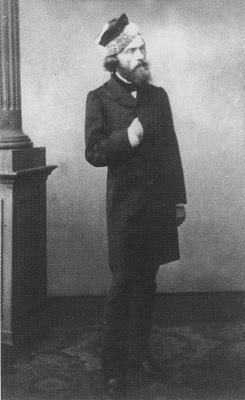Nocturne: Twin Bandits and a Shadowy Someone
Nothing much to report. Certainly no proof. I rounded the usual corner with Chimp (our old chihuahua) and saw them clear as day (@ 8:30 PM): twin raccoons sitting side by side on the sidewalk like lost dogs. They didn't move; they stared at me and I at them. Before Chimp saw them or caught their smell I turned him around and we headed home. I ran and got my camera: no luck. They'd melted into the trees, ivy, darkness. Instead I snapped a picture of a shadowy someone.





